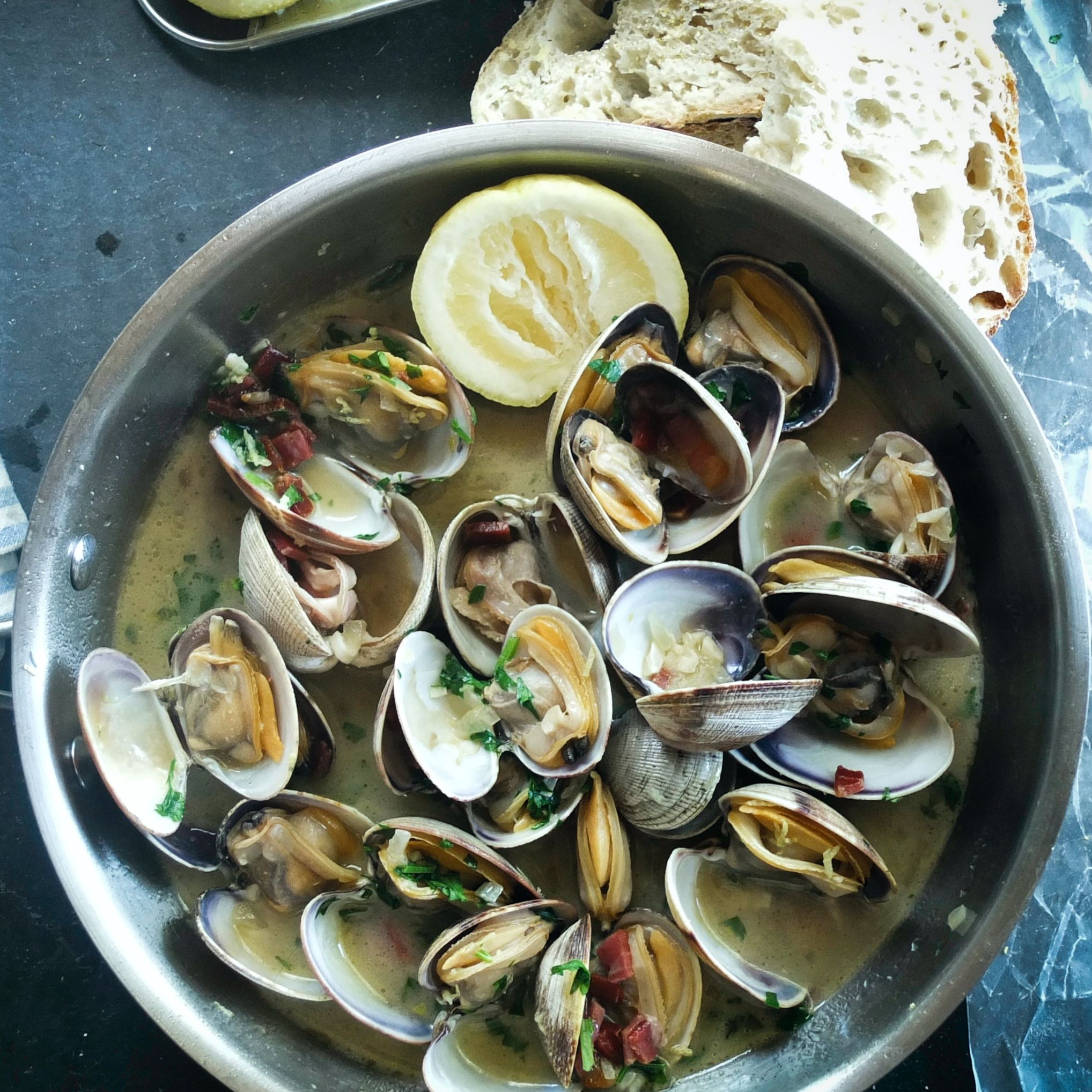Flavors of the world: how to use them?
2023. 01. 04.

Globalizing world and cultural openness
In our globalizing world, there is an increasing need to learn about cultures, including the discovery of local gastronomy. Today, small communities in the most remote parts of the world can be in focus just as much as the flavors of famous Italian or French cuisine.
One of the main drivers of this trend is, of course, globalization. After all, more and more people from different cultures come into contact with each other. Moreover, it is typical that when someone from the other side of the world, from a closed culture, moves to a welcoming, multicultural environment, they will also influence the new community with the values they bring with them. For example, immigrants bring their own traditional cuisine and flavors with them, and these begin to influence the evolution of local gastronomy.
Of course, today you don't have to travel or move to get a taste of the other half of the world. The Internet also strongly contributes to the spread of the spices and flavors of different cuisines. After all, the rise of social media and the Internet has made it possible to discover the tastes of small, closed cultures. That we get to know the peculiarities of the cuisines of the world even from home.
In recent years, the need to explore foods from Asia, the Middle East, Africa and South America has become popular. For example, the popularity of dishes such as pho, the Vietnamese noodle soup, or the pleasantly spicy shakshuka with eggs, the Middle Eastern dish made with tomato sauce, has grown. The popularity of African flavors has also increased, as we are increasingly open to different, exotic flavors.
The flavors of the world in professional gastronomy
This trend, the need to discover regional flavors, has also reached professional cuisine. After all, continuous openness and renewal drive professional restaurant kitchens and really good chefs as well. This makes it possible, for example, to experiment with new raw materials and techniques. It is because of this constant curiosity and continuous development that a professional restaurant is able to provide its guests with unique and memorable experiences.
However, it is important that we remain authentic when we reach for these special flavors, dishes from cuisines that have been on the periphery until now. This means doing proper research and also understanding the cultural significance of the foods and ingredients they use.
How to cook at home?
Of course, when we cook food from different Asian or African regions and countries, the same is true for home, semi-professional or amateur cooking as it is for professional gastronomy. First, let's try to get to know the specific culture, it's worth trying the food in a restaurant if you can. Then, after getting to know the typical flavors, let's move on to the given dish. Fortunately, you can get authentic, accurate recipes for each dish on the Internet.
It is also important to use quality raw materials, when justified, then imported vegetables, fruit or spices, as we want to authentically reconstruct the given flavor. But if we can, we use the same kitchen tools that the creators of the original recipe used to handle the ingredients. For example, in the case of Japanese cuisine, we roll up the sushi roll with a sushi mat, but if we are talking about Japanese cuisine, this tartar hat grill also offers an authentic solution for those obsessed with Japanese cuisine. But to prepare a traditional Italian pasta, for example, it is worth using authentic tools, such as a pasta-making machines like this one.
Of course, it is often possible to reconstruct flavors and textures more effectively if we prepare food with small professional kitchen appliances or large machines. Therefore, if you like to cook and try to do it in the most professional way possible, you will surely find important tools for you here!
 Австрия
Австрия
 Белгия
Белгия
 България
България
 Германия
Германия
 Гърция
Гърция
 Дания
Дания
 Естония
Естония
 Ирландия
Ирландия
 Испания
Испания
 Италия
Италия
 Латвия
Латвия
 Литва
Литва
 Люксембург
Люксембург
 Полша
Полша
 Португалия
Португалия
 Румъния
Румъния
 Словакия
Словакия
 Словения
Словения
 Унгария
Унгария
 Финландия
Финландия
 Франция
Франция
 Холандия
Холандия
 Хърватия
Хърватия
 Чешка република
Чешка република
 Швеция
Швеция




